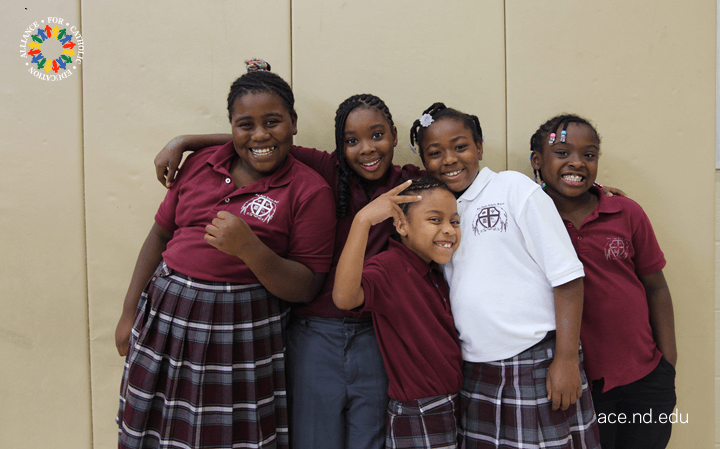If you have followed our work for a while, you have probably noticed a recurring theme: outstanding blended-learning programs are about so much more than just technology.
Driven by this belief, we encourage teachers new to blended learning to spend a few months transforming their classroom without introducing a fully blended model. Teachers can harness the power of student data and personalize their instruction in a multitude of ways without using adaptive online learning programs, and we prefer that teachers master those practices first to avoid becoming overly reliant on technology.
 So, what can a teacher do to personalize learning before introducing technology?
So, what can a teacher do to personalize learning before introducing technology?
- Talk to students. This tip came straight from a senior at an innovative, personalized high school in Rhode Island. It may sound overly simplistic, but the student explained that teachers can't meet students' needs if they don't know the full spectrum of needs a student has. Because Catholic schools are typically smaller and more community-oriented than others, we may have a slight advantage here but don't assume that this practice is any less important for your class.
Take the time to ask your students about their days, their families, their friends, their passions, and truly listen. These conversations will help you form relationships of trust and mutual respect with your students, and gather important information, that are critical to the success of personalized blended-learning programs.
- Help students set learning goals. Armed with detailed personal information about your students, you can help students set challenging learning goals. This practice can take many different forms, but here are two of my favorites:
-
- Set growth goals for interim assessments like NWEA MAP and STAR. Help students understand what the numbers associated with these tests actually mean and invest in their own growth. Create action steps that you, the student, and the student's family can all take to help the student reach his/her goal.
- Create student-driven, personalized projects. Have students submit proposals to study a topic of their choice and create a final demonstration of learning to share with the class. If students are able to select what they learn or how they demonstrate their learning, they are likely to find joy in rigorous learning activities.
- Give students opportunities to work in groups or independently. If your classroom is primarily teacher-centered right now, try to incorporate things like centers, Daily 5 (a framework for independent and personalized literacy instruction), collaborative learning time, or independent learning time. Allowing your students to learn on their own or work with their peers will allow for a seamless integration of technology down the line. Remember to clearly outline your expectations for any new form of learning. For example, if you are introducing partner reading for the first time, talk to your students about how that should look and sound, as well as what work product (if any) you expect.
- Offer flexible seating or grouping options. Don't go out and spend thousands of dollars on bouncy chairs or rolling tables for your classroom. For this step, simply give students an opportunity to decide where and with whom they learn best. You can begin by identifying three different seating options (at your desk, on the floor, or on a pillow, for example) and allowing students to choose one during independent reading time, or by giving students the opportunity to choose to complete an assignment with a partner or solo, and build from there. These choices are small, but they allow students to exercise voice and choice as well as to take ownership of part of their learning.
If you are thinking, "these practices aren't just for blended learning," you're right! Great teachers in classrooms without any technology would likely take these same steps because personalized learning is entirely possible without technology but it's also really more difficult. The goal of blended learning is to make it easier for teachers to personalize students' learning, but we all know that technology does not do all the work. With this foundation of personalization in place, though, teachers will be able to more effectively incorporate technology and optimize their blended-learning model.
Do you have other tips to share with us? Let us know in the comments! We would love to learn from you!
 Alliance for Catholic Education
Alliance for Catholic Education
